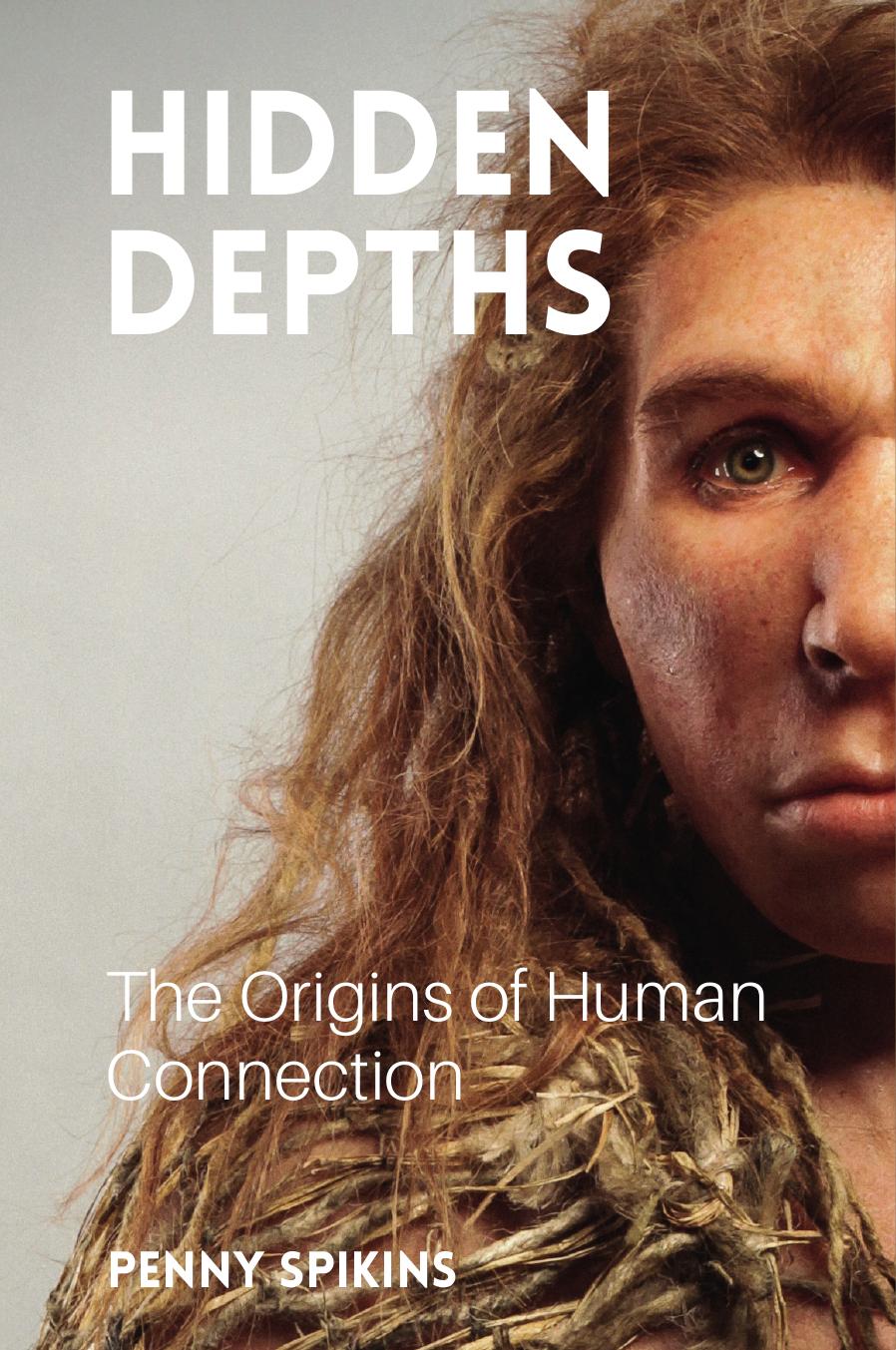

Most ebook files are in PDF format, so you can easily read them using various software such as Foxit Reader or directly on the Google Chrome browser.
Some ebook files are released by publishers in other formats such as .awz, .mobi, .epub, .fb2, etc. You may need to install specific software to read these formats on mobile/PC, such as Calibre.
Please read the tutorial at this link: https://ebookbell.com/faq
We offer FREE conversion to the popular formats you request; however, this may take some time. Therefore, right after payment, please email us, and we will try to provide the service as quickly as possible.
For some exceptional file formats or broken links (if any), please refrain from opening any disputes. Instead, email us first, and we will try to assist within a maximum of 6 hours.
EbookBell Team

4.7
66 reviewsFocusing on three key transitions in human origins, Professor Spikins explains how the emotional capacities of our early ancestors evolved in response to ecological changes, much like similar changes in other social mammals. For each transition, dedicated chapters examine evolutionary pressures, responses in changes in human emotional capacities and the archaeological evidence for human social behaviours.
Starting from our earliest origins, in Part One, Professor Spikins explores how after two million years ago, movement of human ancestors into a new ecological niche drove new types of collaboration, including care for vulnerable members of the group. Emotional adaptations lead to cognitive changes, as new connections based on compassion, generosity, trust and inclusion also changed our relationship to material things. Part Two explores a later key transition in human emotional capacities occurring after 300,000 years ago. At this time changes in social tolerance allowed ancestors of our own species to further reach out beyond their local group and care about distant allies, making human communities resilient to environmental changes. An increasingly close relationship to animals, and even to cherished possessions, appeared at this time, and can be explained through new human vulnerabilities and ways of seeking comfort and belonging. Lastly, Part Three focuses on the contrasts in emotional dispositions arising between ourselves and our close cousins, the Neanderthals. Neanderthals are revealed as equally caring yet emotionally different humans, who might, if things had been different, have been in our place today.
This new narrative breaks away from traditional views of human evolution as exceptional or as a linear progression towards a more perfect form. Instead, our evolutionary history is situated within similar processes occurring in other mammals, and explained as one in which emotions, rather than ‘intellect’, were key to our evolutionary journey.
…